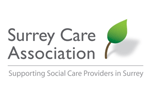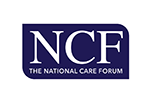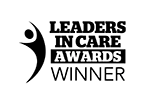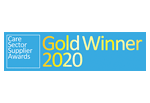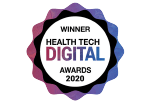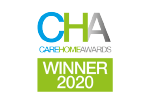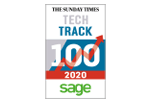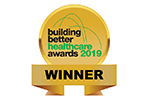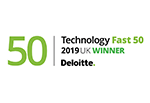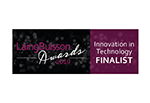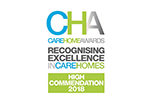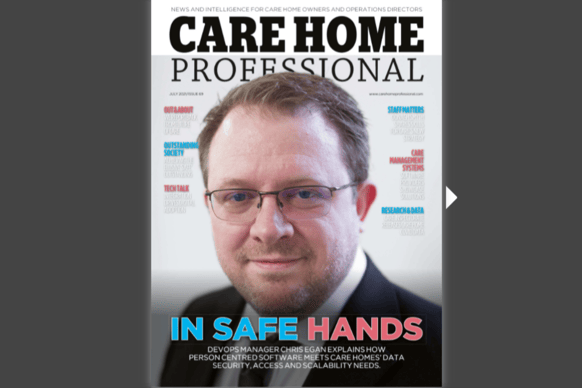
Published in Page 18 of Care Home Professional
Chris Egan is the DevOps Manager for Person Centred Software. He is in charge of the development and infrastructure teams as well as being responsible for the overall technical design, architecture and direction of the software being developed.
DevOps Manager Chris Egan explains how Person Centred Software meets care homes’ data security, access and scalability needs.
As the care home sector finally begins to embrace the digital age, ensuring they partner with the right software solutions company has become one of the most important decisions a provider will have to make.
“Providers put their entire trust in a software provider,” Chris told CHP.
“For it to really pay off they are looking to remove paper from their environment to be fully digital and that means they need a system that is going to completely deliver to their needs.”
Chris explained that the 24/7 nature of care home provision means providers need to know their system will always be up and running.
“It’s not like a shopping website or bank where they are down for six hours or unavailable every weekend for maintenance,” Chris said.
“You can live with that. It may be frustrating but it does not have that great an impact on your life. For social care where you are using a software supplier for a digital solution it’s 24-7.
“You need to have trust that a provider will be able to offer a system at 3am in the morning for an ambulance crew, for example, so you can see what medication someone should have and whether they need to be checked every half hour and reminded of that fact.”
Having partnered with Microsoft’s Azure cloud computing service, Person Centred Software is able to offer potentially limitless access to secure data storage.
“Microsoft Azure have capacity for us that is well beyond what we currently need or use,” Chris told us.
Having already tried and tested Azure and grown with the service, Chris said Person Centred Software had the capability for growth that start-up software providers were not able to offer.
Through using Azure, Person Centred Software’s data capacity is vast with the business already expanding at a rate of more than 4 million care notes per day.
“We are working with billions of care notes so we already know how to store it safely,” Chris said.
“Other smaller companies are nowhere near that yet so how can these companies assure care providers that they are safely using the right systems?”
The DevOps Manager said Person Centred Software aimed to be able to store a “limitless amount of data”.
“It’s constantly a challenge to keep ahead of data storage,” Chris said.
“There are limits to the size of the machines, how many disks, how many processors, how much memory you can apply to something even within an Azure cloud environment. It’s about being able to choose to scale horizontally. Let’s have five then 10, then 20 systems and continue growth that way, and that leads to limitless scalability.”
In a typical 24 hour period, the software provider ramps up from 107 requests to 600 requests a second which could be someone recording a care note, running reports, creating a hospital pack for admission or doing an audit.
“We have 12 million customer documents coming from over 900 organisations, which are adding data every day that we have to deal with,” said Chris. “That’s quite a load.”
Not only does using Micorsoft Azure offer Person Centred Software enormous scalability but it also provides care home operators with the assurance their data is being securely stored.
“We have access to multiple zones where we can store six or more copies of the data so if a single data centre goes down our customers data is still available and we are still operating because we use Azure rather than our own single data centre,” Chris explained.
He added that being cloud based offered further advantages around the software provider’s ability to react quickly and to scale.
“In your traditional hosting and infrastructure you have lead times of weeks and months and when it comes to changes you have got to visit the data centre and install new hardware, test it,transfer to it and ensure everything is running,” Chris noted.
“With cloud it’s more a click of a button and within minutes you are able to commission new capacity and new hardware.”
Additionally, partnering with Microsoft provides access to the global giant’s development team who provide infrastructure support, freeing Person Centred Software’s team to focus on product features for the care home.
As well as added security and scalability, storing care home data digitally via the cloud offers care providers and their residents and families the assurance that their data is always accessible.
“We record 4.6 million care interactions per day worldwide, which results in terabytes of data that we are constantly storing, and that data is not something we can discard after 24 hours.” Chris explained.
“It’s constant growth and constant access to that data is required. A customer may need to go back and look at what care was delivered five years ago. It’s not a case of just sticking it on a shelf and ignoring it, we have to make sure that data is always there and we are constantly scaling to stay ahead of it.”
With digital data storage, service users can be secure in the knowledge that records will not go missing or be left behind in an abandoned care home as seen in the occasional horror news story.
“You are not secure using paper systems,” Chris noted. “When a hospital shuts down the NHS steps in to deal with data retention with their records. When a care home shuts down there’s no process in place to deal with their information.
“There’s no provision for the records to be kept securely by another provider or in some centralised place. At least with digital they can be transferred and handed over securely. An abandoned care home where care notes have been lying around for three years is the worst nightmare of a data security officer.”
Care software providers are required to adhere to the Data Security and Protection Toolkit (DSPT), which is an online self-assessment tool that allows organisations to measure their performance against the National Data Guardian’s 10 data security standards.
Additionally, Person Centred Software undergoes regular penetration testing by an accredited third party to provide assurance that its system is secure and robust.
Data storage and security compliance is just one area of an array of regulations that care software providers must adhere to.
“We have to adhere to a number of standards around security within ourselves and any suppliers we work with,” Chris said.
“We adhere to the Data Protection Act, UK GDPR and EU GDPR, even after Brexit, and ensure our suppliers also adhere to these. The UK GDPR regulations are still based on EU regulations and are very much in alignment. They might diverge in the future but at the moment they are very similar and we have customers who cross over between the UK and EU so we have to make sure we adhere to both.”
Chris said data regulation in social care was more stringent than other industries comparing the degree of compliance with the financial industry.
“While often forgotten in comparison with the NHS, social care adheres to very similar standards and in some cases even stricter standards to the NHS,” Chris observed.
For added data security, Person Centred Software ensures that everything it does is encrypted.
“We have to ensure that everything we do is encrypted all the way down,” Chris highlighted.
“We are regularly changing the keys used for that encryption and reducing the risk of data being compromised.”
Under regulations, care software providers are required to store residents’ data for at least eight years before being deleted.
“Customers and insurers would like to store data for longer,” Chris noted.
“It’s about keeping the data with the appropriate consents and controls in place. We need to know what we’re storing, why we are storing it and the legal basis for that because it’s not a case of us showing we shouldn’t have that and to try and delete it later. We need to make sure we are holding the data for legal reasons and to make sure we are holding it correctly.
“Care homes gain consent from the residents to store their data on a digital system and to process that information and that flows on to us through our contracts with them. We make sure we have the care home’s permission to process all the personal and sensitive information of residents on their behalf.
“There’s not a hard requirement to delete data after a set number of years, instead requirements say it should be kept for at least 8 years. After which data may be deleted if the customer wishes. What’s important is there’s no process that will just automatically delete the data. We are talking about very sensitive information that should not just be thrown away without consideration and approval.”
Gaining residents’ consent is also key when sharing data with the NHS and other organisations.
“If a resident needs to go to hospital it’s in their best interests for their information to be shared with that hospital to ensure they get the best care possible,” Chris observed.
“In less urgent scenarios it falls back to consent based permission to share the information with the NHS and then key to that sharing is standards for information exchange and ensuring that the format of the information is clear and can be understood so that when it’s viewed in a different care settingthere is no confusion and no guess work involved.
“People need to understand what they are looking at, the information it contains and that information needs to mean the same to social care and to the NHS."
“The other key part is ensuring you are talking about the same person. It sounds like a simple thing but it’s very important and that it comes down to validating personal details so that any third party knows exactly who you are talking about.”
The DevOps Manager noted there were “significant challenges” in getting data to flow freely between care homes and the NHS.
In contrast to the NHS, which remains fragmented with Trusts in some parts of the country more regionally focused, Chris noted that Person Centred Software provided a UK wide data sharing solution with no regional limitations.
“Where possible we want to integrate with national solutions that allow us to share information securely with any hospital,” Chris explained.
“A resident could go to their nearest hospital or they could be redirected on route to another hospital. Ensuring that information flows to the right place is very important.
“For us it would be ideal to implement that transfer once making it available to the appropriate locations. In some cases we have to implement transfers multiple times and link to multiple systems across multiple hospitals to ensure that the transfer is there and it’s arrived before the resident has.”
Person Centred Software is working closely with the NHS, CCGs and NHS Digital on supporting and developing the digitisation of data transfer.
Chris noted that supporting digital transfer between health and social care had accelerated as a necessity during the COVID pandemic.
Person Centred Software was a key member of the digital eRedBag vanguard programme in 2018 that was part of a national solution of transfer of information to hospitals when residents were admitted.
“We wanted to develop a standard for that data so that it could be transferred in a standardised format to any system by working not only with individual hospitals but also with national systems like the national record locator that allow us to transfer information nationally,” Chris noted.
“That’s become more important during COVID. It could be just information about COVID symptons, for example, and making sure that is provided to the NHS.”
Chris highlighted the importance of being able to share a resident’s data digitally that clearly expresses their needs.
“Sometimes residents can’t express their needs clearly,” he said.
“They’re not aware of certain conditions and it’s important to ensure that the information held by care homes, which have the most regular contact with residents, knowing their preferences and simple things such as how they like to have their meal and whether they prefer tea or coffee, that information can really make a difference in someone’s recovery if they go to hospitalby providing that information to the NHS in emergency situations. And through the regular sharing of information with GPs they can look at the information digitally whenever they need to rather than on just a visit to the care home.”
As well as ensuring all of a resident’s information is accurately handed over during transfer of care, Chris explained that data sharing was also about reducing the need for hospital admission wherever possible.
“The sooner that carers can know what’s going on with a resident then the sooner they can avoid emergency call out situations,” he noted.
“The amount of information we are carrying and the fact that it is all digital is helps reduce the need for hospital admissions. The more you can have the information at your fingertips, the more you can know about a person and you can see trends and prevent those admissions.”
Person Centred Software’s Mobile Care Monitoring system is able to record people’s hydration, their eating habits and be able to see differences and react before they become an adverse situation or admission.
“Carers can see when someone’s fluid intake has been decreasing over a longer period,” Chris said.
“You can see trends in people’s movement changing, in their eating habits and fluid intake and be able to address those to prevent a decline that would lead to an admission.
“We have been able to look at studies on the impacts of falls and the causes of falls and we have been able to see it’s these small changes in the behaviour of the resident that can have a big impact on their risk of fall and the result of that fall.
“If someone is eating well and they are well cared for then the risk of a fall moves from being a serious incident where they are admitted to hospital to where the fall has still occurred but it’s much more minor and the resident is ok and can recover within the care home.”
One of Person Centred Software’s care home customers noted a 33% reduction in falls and UTIs as a result of being able to monitor fluid intake.
Person Centred Software has recently introduced the ability for Registered Nurses to directly access residents GP records on its digital care system via its integration with GP Connect.
“We have already had feedback that has saved many hours of work, reduces stress and improved the care delivered,” Chris noted.
“We had residents come from hospitals into care homes where the ambulance crew did not know when they had their COVID vaccine and which one. Nurses were able log into GP Connect via our system and see when they were vaccinated and which COVID vaccine they had so they were able to have their second one.
“In another case a resident came in and said they did not have any allergies, and when the nurse checked GP Connect they found out they did have a severe allergy, which was a potentially life-saving situation.
“The more sharing between health and social care the better. GPs are kept more up-to-date, a care home can know the result of a hospital admission faster as well as any changes in medication and circumstances from GPs, and being able to access that information directly within a care home, then the better the care that can be delivered.”
Looking ahead, Chris predicted the need for social care data storage and security would only grow over the next few years.
“We hope people will be living longer and staying in care homes for longer so care providers will need to hold the data for longer,” he noted.
The DevOps Manager predicted an increased drive towards care information sharing with the NHS and residents’ relatives.
“Walls between the information being held by the GP and by the NHS and social care will disappear as it becomes more of an integrated environment and that will lead to more remote monitoring and more people being up to date and being able to see what is going on,” Chris said.
“Regulators such as the CQC are recognising digital systems and their importance far more, and the government is recognising that too. The NHS is recognising that digital systems within social care help break down barriers and ensure better care is delivered.
“Everyone is pushing for digitalisation and hopefully care homes will recognise this and move in order to be sustainable as there will be a point where delivering care on paper is considered clinically unsafe.”
The DevOps Manager said digital would have a “great impact” on regulatory rating requirements on record keeping.
“Digital reduces the record keeping burden of smaller care homes,” Chris said. “They don’t have to worry about paper and storing it and keeping it up to date and being able to put their hands on records from five years ago at a moment’s notice, which is all stressful for a small care home where if it is self-owned staffing and you’re the manager as well as the owner.
“It’s very difficult to keep on top of that. For the larger organisations, it’s the same problem but just multiplied - keeping track of multiple care homes and ensuring they are all performing and are all keeping up with their requirements and standards. You could spend your life travelling around the care homes or you could have a digital system that tells you.”
Chris said it would take more than one or two years for 100% digital adoption in social care but suggested the shift would be “en masse” when it came.
“A lot of care homes have to trust in the solution and the carers have to trust it as well,” Chris said.
“It’s become far more ubiquitous in the industry and far better known that digital systems do work and are the way forward.”
When looking at remaining barriers to digital adoption, Chris cited a reluctance to change and cost as the most significant.
“In any industry people can be happy with their current processes and not realise that there are improvements and efficiencies and savings to be made by changing that process, so the challenge is convincing people of the change and the benefits of it,” he observed.
“There is obviously a cost implication as well but I think that works out to be quite a good trade-off when you are talking about the reduction in paper work and the reduction of overheads and management that they have to deliver on. The room that you gain back where you kept eight years of folders is significant.”
While providers may encounter challenges in transferring to digital, the benefits are immediate in terms of better care outcomes and greater job satisfaction for carers, which in return leads to better staff retention and well-being.
“Carers have to take a significant amount of time to write up paper notes at the end of their shift,” Chris observed.
“It can be quite difficult to remember everything. Our innovative icon-driven mobile digital care management system allows them to very quickly record the care as they deliver it.”.”
With two-thirds of care homes still evidencing care notes on paper, the nirvana of 100% digital adoption may be some way off but with an increasing number of providers seeing the game changing benefits of going digital, the last day of the paper based care home is now a question of ‘when’ rather than ‘if’.

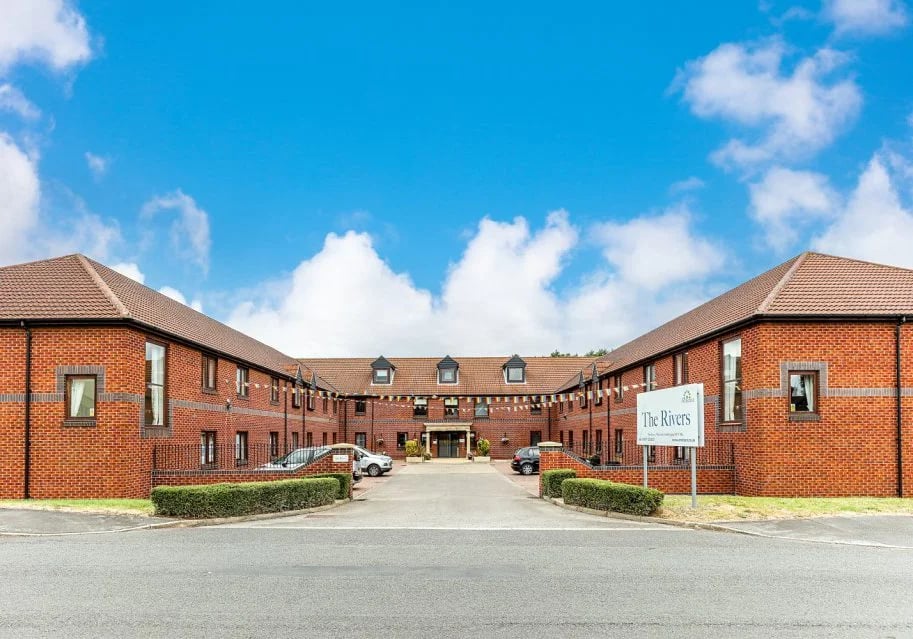


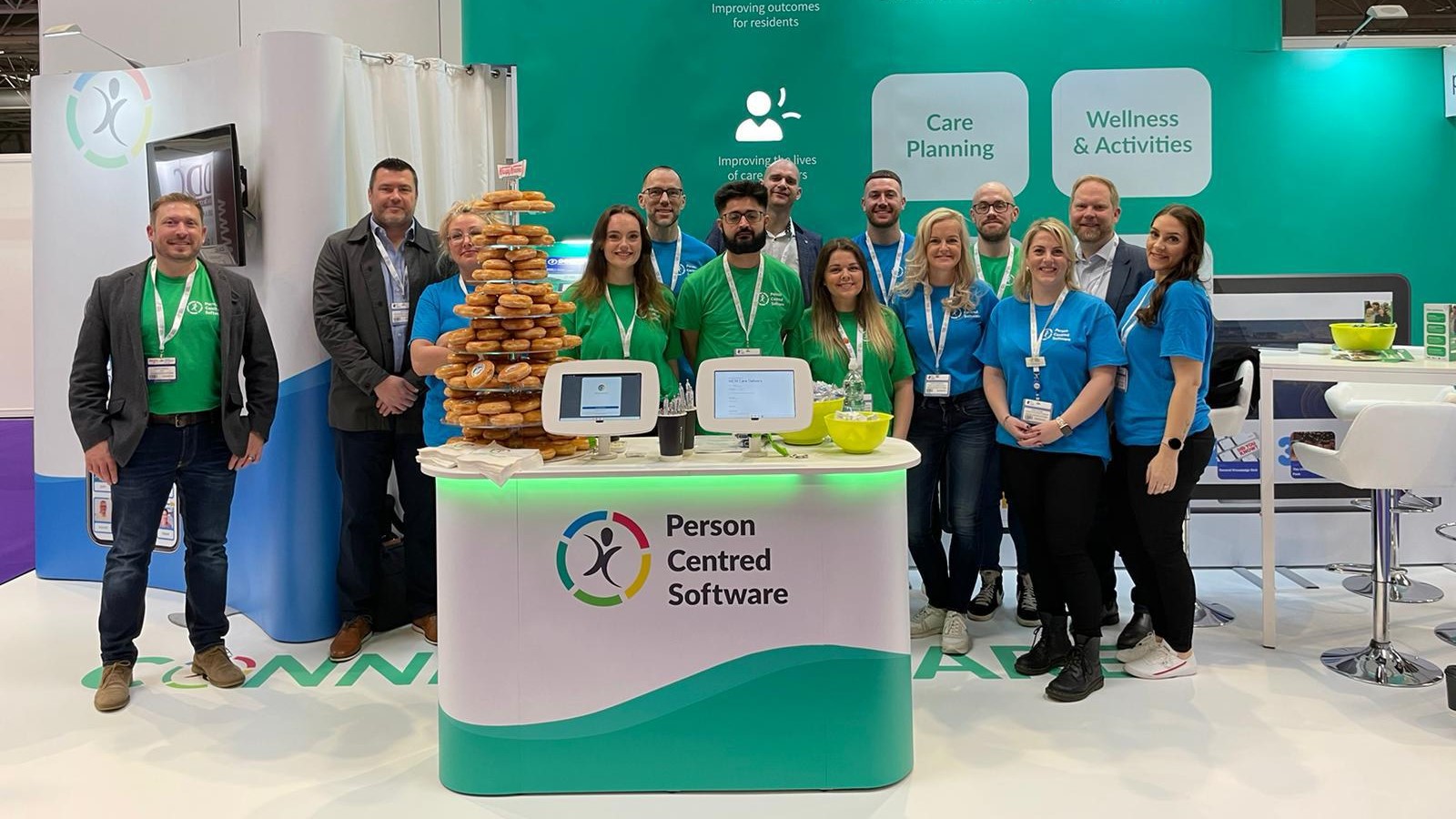
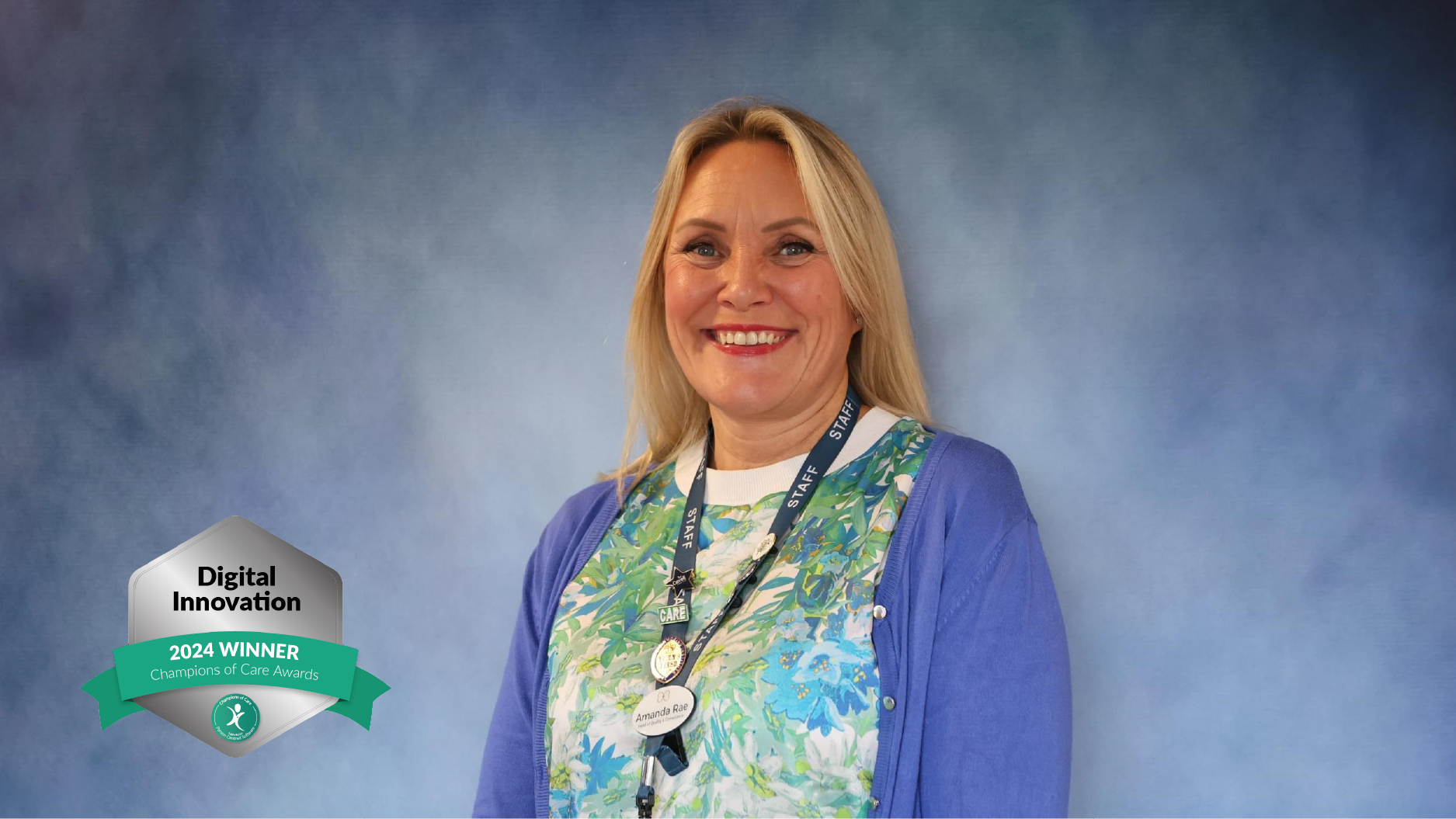

.webp?width=80&height=80&name=HTD%20Awards%202023%20Badge%20(4).webp)

